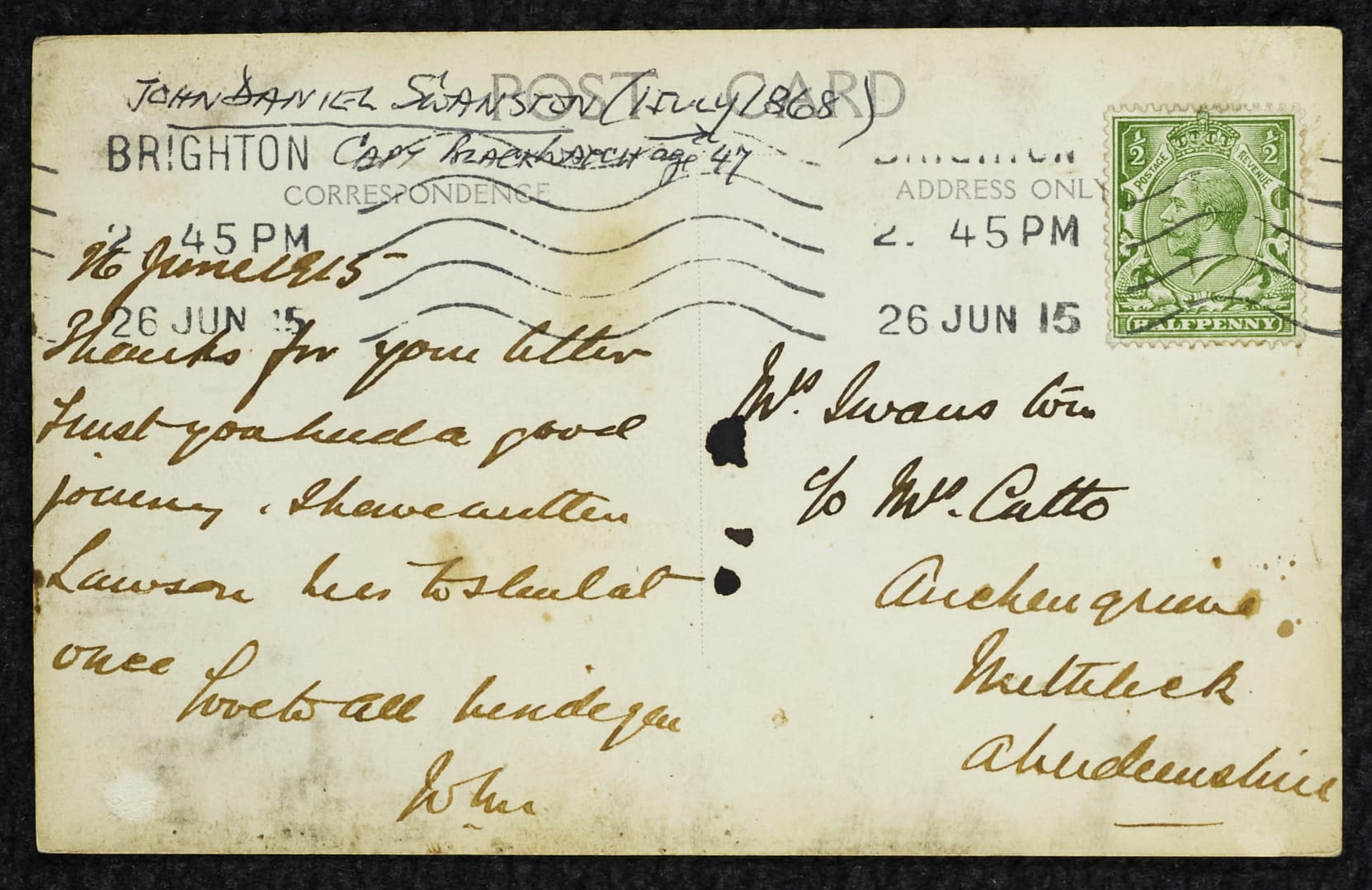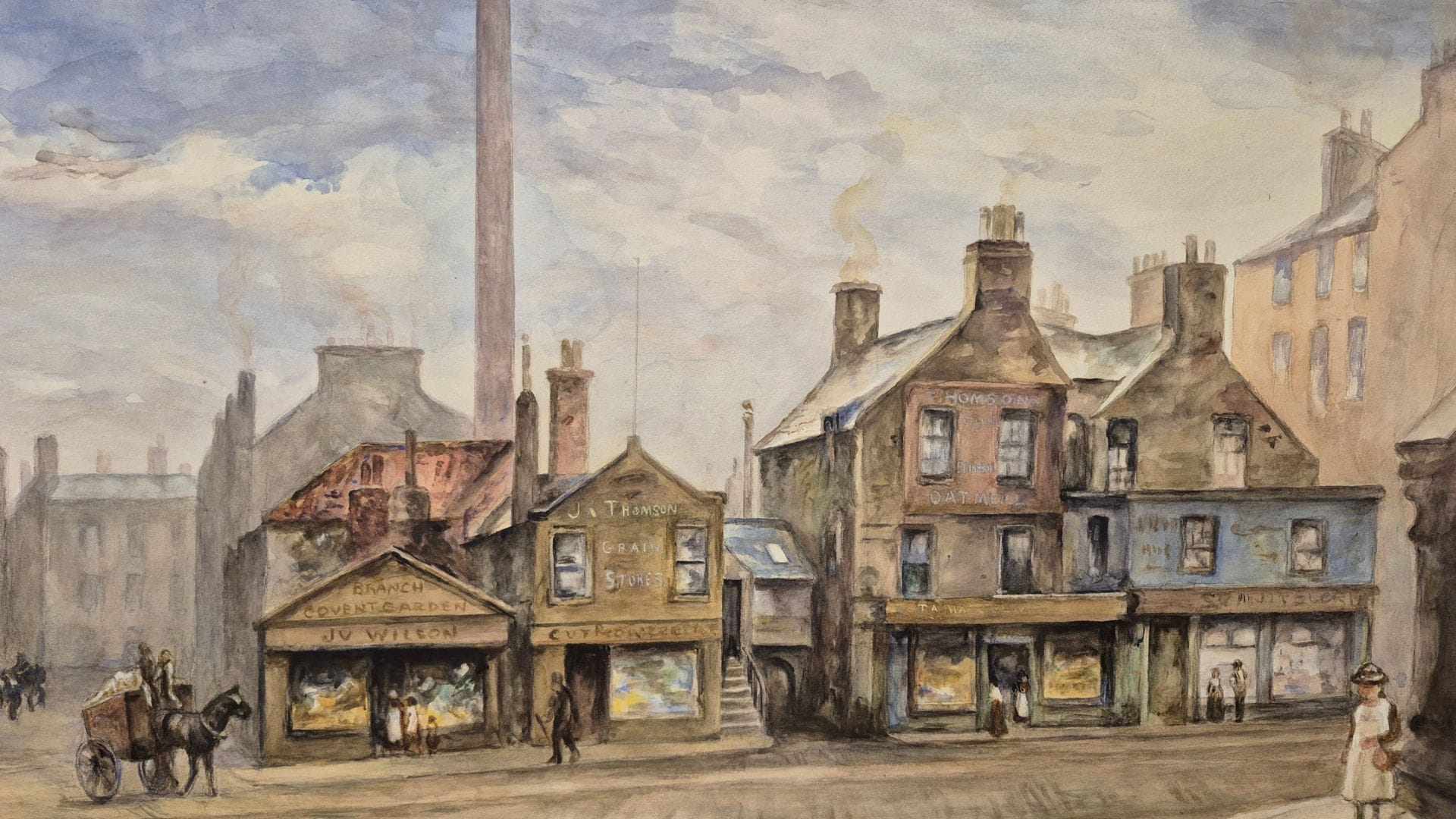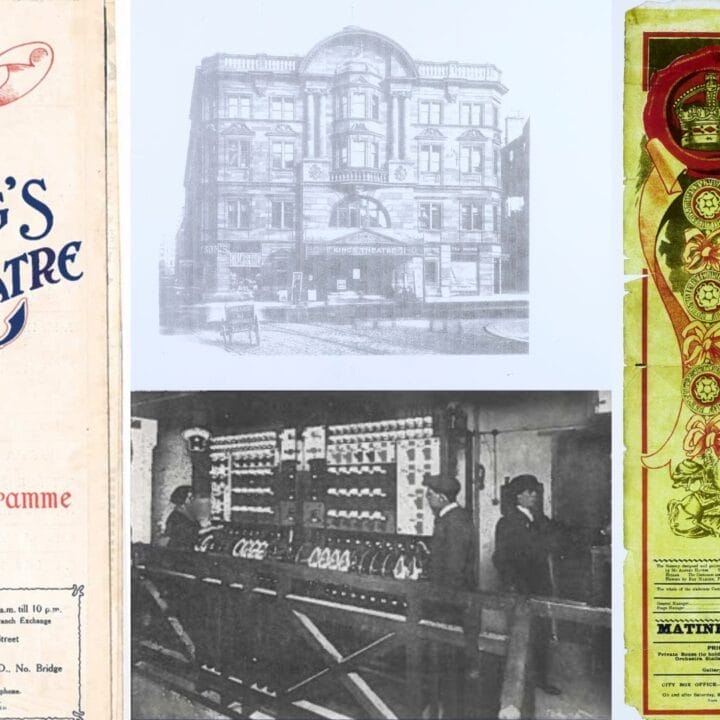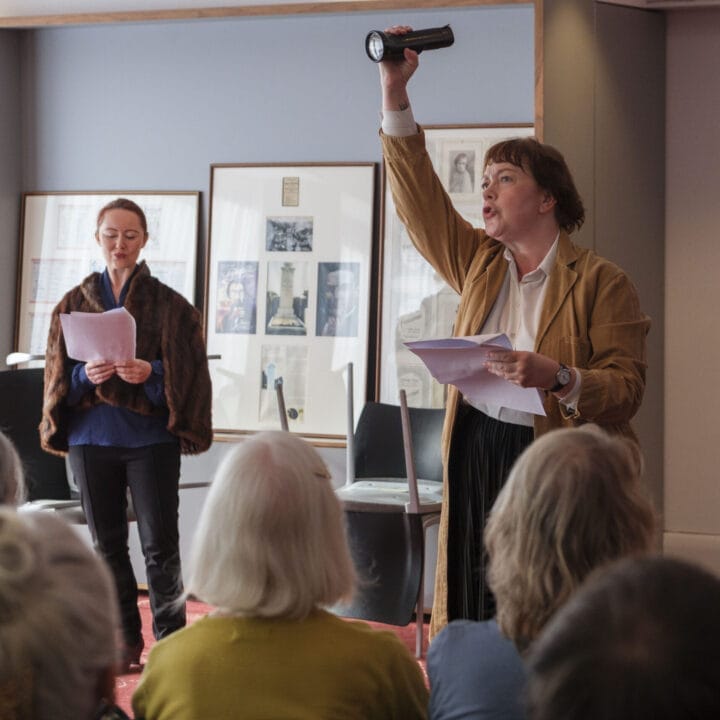Discover the origin story behind The King's Theatre, Edinburgh
Our story
The King’s Theatre has been a landmark in the city of Edinburgh since 1906. For over 119 years, the King’s has held a special place in people’s hearts. The People’s Archive brings together a selection of stories, archival materials, research articles and Oral Histories to showcase the cultural and civic heritage of this Grade II listed historic building.
The King’s in context
At the dawn of the 20th century, Edinburgh was a city in transformation. Electric trams glided through its expanding streets, and a wave of civic pride shaped its growing skyline. Known as the “Athens of the North,” the capital had a rich cultural and intellectual reputation, but its theatre scene was crying out for something grander.
Music halls like the Empire Palace Theatre—now The Festival Theatre—and small playhouses like the Lyceum Theatre bustled with variety acts, melodramas, and circus and picture shows. But as tastes evolved and audiences grew more ambitious, so too did the vision for a venue that could match the drama and scale of stages in London. Edinburgh needed a theatre that could showcase serious drama, opulent pantomimes, and grand opera to create theatre for a new century.
Into this setting emerged the idea of the King’s Theatre. It would not only raise the curtain on a new standard of performance but also stand as a symbol of Edinburgh’s modern cultural aspirations.
Historic photos
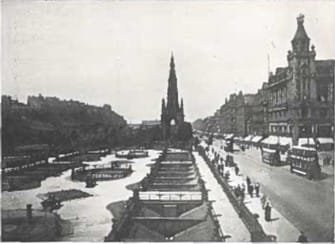






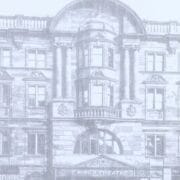
1906 construction
The vision for a grand new theatre took shape in 1905 when Robert Colburn Buchanan of Glasgow secured a prominent site at the junction of Tarvit Street, Home Street, and Leven Street. The plans were ambitious: a frontage of 95 feet on Leven and Home Streets and 200 feet to Tarvit Street, encompassing the old brewery and Leven House. With shops on the ground level and a billiard room above, the theatre would occupy the heart of the development.
The New King's Theatre, Edinburgh, has just opened...after passing through the veranda two pairs of carved teakwood doors give admittance to the vestibule.The Builder, 22nd December 1906, p.733, cols. 1-2, David Wilmore, Theatre Search
The players
R. C. Buchanan managed The Edinburgh Construction Company which was first given the opportunity to complete The King’s. However, after financial troubles, the deed was handed to previous sub-contractors listed as William Stewart Cruikshank and Son. W. S. Cruikshank and his son were popular builders in Edinburgh, responsible for constructing tenement flats and commercial spaces. After this, he managed the building company but started to pass off duties to his son, Stewart Cruikshank who became heavily involved in the construction and later management of The King’s Theatre. The design of The King’s was under the direction of Kirkcaldy based architects, John Daniel Swanston and James Davidson who were already known for designing The King’s Theatre, Kirkcaldy and The Empire Theatre of Varieties, Cowdenbeath.
Designed by J.D. Swanston and James Davidson of Kirkcaldy and constructed by W.S. Cruikshank & Son of Edinburgh, the building was expected to cost between 60,000 and 70,000 guineas. This was a substantial investment at the time and a gamble for the Cruikshank firm. Construction began in May 1905, and the theatre officially opened in December 1906 with a performance of the pantomime Cinderella.
The King’s was a marvel of Edwardian engineering and design. Built on the cantilever principle, it featured three tiers without a single supporting pillar obstructing the view. The interior was lavish: terrazzo flooring, polished marble staircases, alabaster walls, and finely carved mahogany doors. The main entrance, facing Leven Street, was flanked by ionic columns and crowned with a grand balcony and central arch. Decorative elements drew on the French Renaissance style, with figures symbolising music, art, tragedy, and comedy throughout.
Inside, the stage was 65 feet wide and 55 feet deep, separated from the auditorium by a fireproof curtain. State-of-the-art for its time, the King’s also boasted modern fireproof dressing rooms and a hot-water, low-pressure heating system.
It proclaimed that Edinburgh was ready to step into the theatrical spotlight, offering a venue that was as ambitious and refined as the city itself.
The floor is laid with terrazzo, and the walls are covered with polished alabaster, whilst the friezes and ceiling are made of decorated fibrous plaster work. The staircases and balustrades are of white polished marble.The Builder, 22nd December 1906, p.733, cols. 1-2, David Wilmore, Theatre Search
King’s through the years
When The King’s Theatre opened in 1906-1907, it was managed by R.C. Buchanan. In 1908, Howard & Wyndham had the option of acquiring The King’s, but turned it down, leaving the door open for W.S. and Stewart Cruikshank to seize the opportunity. W. S. Cruikshank was responsible for acquiring the building and ongoing works while his son was to learn to business. In 1908, directorship was formally handed to Stewart Cruikshank in 1908.
With no background in theatre, it was a surprising gamble for this builder to take on the role of keeping up a brand-new theatre. However, he excelled. Stewart Cruikshank worked his way up, touring great theatres in the UK and Europe to keep up with new trends and tastes. His skills acquiring and programming touring circuits increased his image and in 1928, Howard & Wyndham accepted a deal from the lucrative enterprise W.S. Cruikshank and son had built. The companies merged and the King’s Theatre became part of the Howard & Wyndham theatrical empire, but now W. S. Cruikshank was appointed chairman and the headquarters for it all was based at the King’s.
The King’s thrived, launching the extremely successful Five Past Eight summer shows in 1935, delivering spectacular pantomimes, and hosting some of Scotland’s greatest performers including Sir Harry Lauder. By 1950, a major refurbishment took place with alterations both internally and externally. In 1969, Howard & Wyndham sold the King’s Theatre to City of Edinburgh Council, and it became a category A listed building in 1970. Further refurbishments took place in 1985, and in 1998 Festival City Theatres Trust acquired management of the King’s from the Local Authority. Today, Capital Theatres watches over this extraordinary building. The King’s closed for a major refurbishment in 2022 and is set to reopen to the public in 2026 for new generations.
From the very beginning, the King’s Theatre has been more than just a building. The King’s Theatre has served the community, providing entertainment for thousands of audience members, showcasing the talents of world-class artists, introducing young generations to the world of theatre through the annual pantomime, providing joy and support during two World Wars, and was a beloved cultural centre for the people of Edinburgh for over a hundred years. The People’s Archive brings together the stories, memories and memorabilia from the last 119 years so everyone can share in the heritage of this extraordinary theatre.
